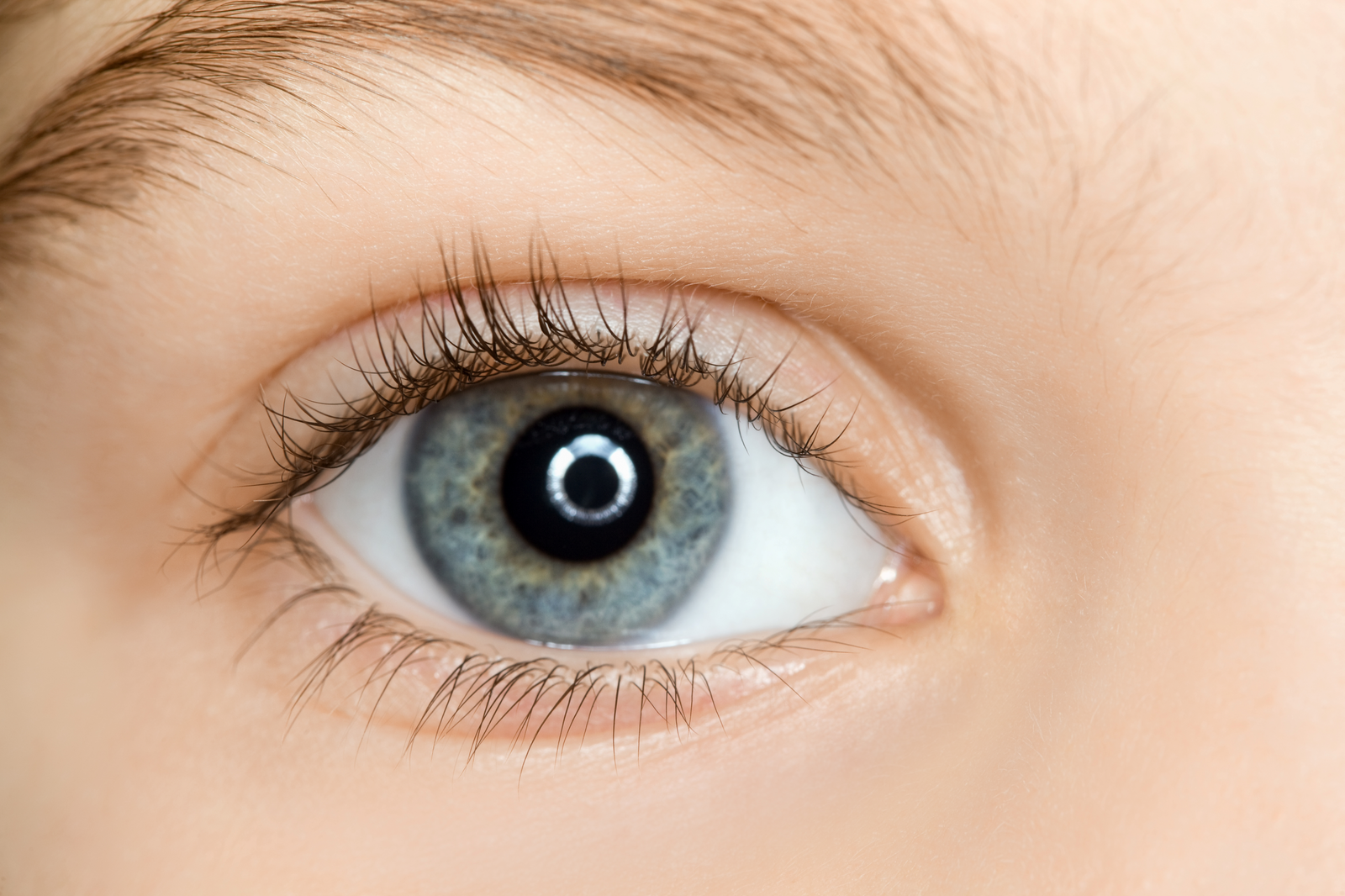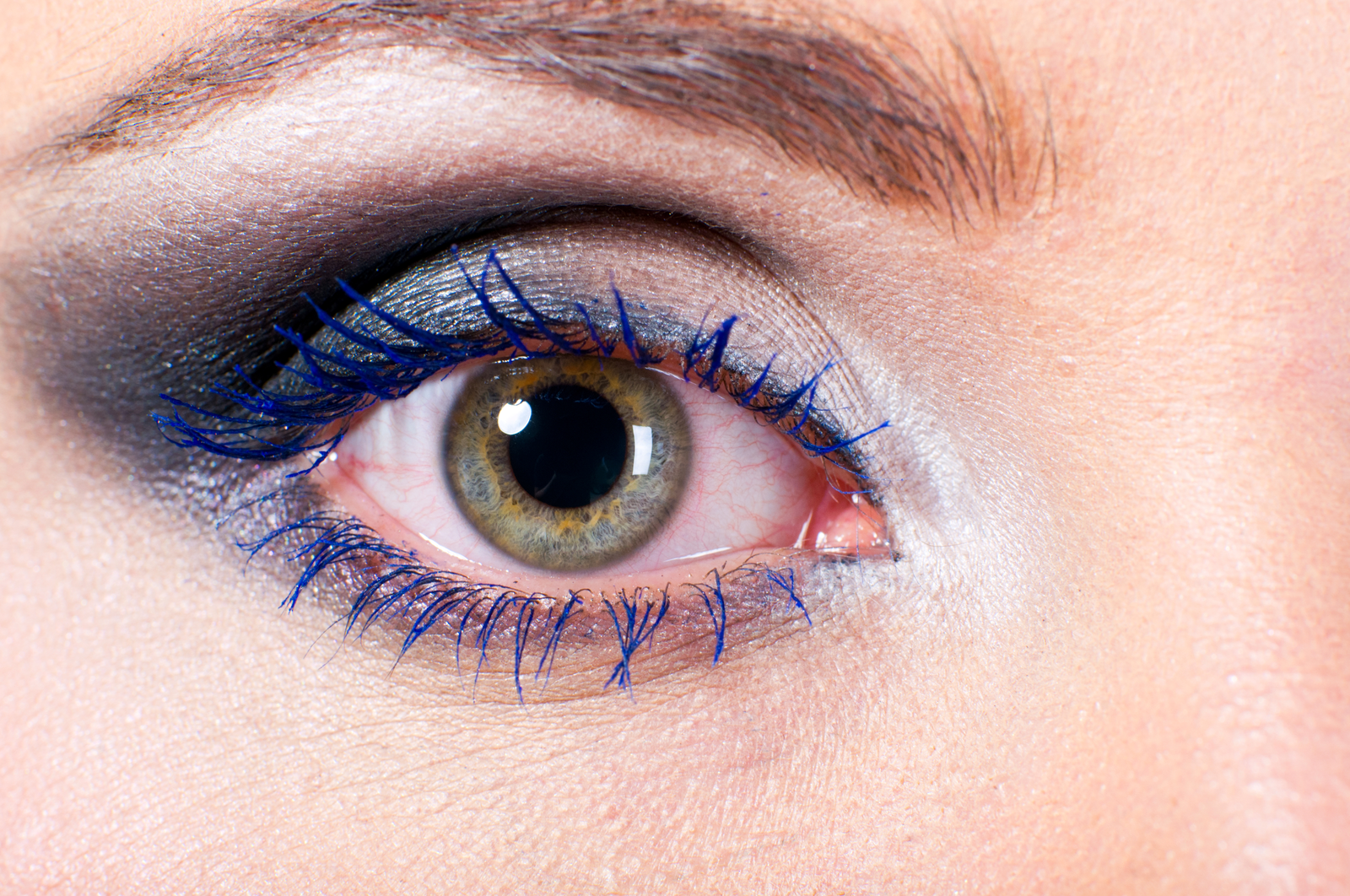
Dilated Pupils Drugs: What Drugs Cause Dilated Pupils?
Key Points
- Drug-induced pupil dilation can last from several hours to several days and occurs when substances interact with the nervous system's control of eye muscles.
- Different substances affect pupils through distinct mechanisms: stimulants activate the sympathetic nervous system, while hallucinogens disrupt neurotransmitter balance.
- Multiple drug types can cause dilation, including stimulants, hallucinogens, prescription medications, certain plants, psychotropic drugs, and inhalants.
- Prescription medications like Adderall and antidepressants can cause pupil dilation through their effects on neurotransmitters, though typically milder than illicit drugs.
- Using specific light and distance tests, medical professionals evaluate pupil responses through standardized tests to assess neurological function and potential substance use.
Pupil dilation, also known as mydriasis, is one of the most noticeable physical signs that something has triggered changes in the body’s chemistry. The size of our pupils naturally fluctuates throughout the day in response to light and emotional states, but certain substances can also cause dramatic and prolonged dilation. This pupil dilation can last several hours to several days, depending on the substance and amount consumed.
Why Do Drugs Dilate Your Pupils?
When drugs enter the bloodstream, they often interact with the nervous system, particularly affecting neurotransmitters that control various bodily functions.[1] The pupils are controlled by two sets of muscles – one that constricts them (parasympathetic nervous system) and one that dilates them (sympathetic nervous system). Many drugs interfere with these systems, leading to changes in pupil size.
Most substances that cause pupil dilation work by activating the sympathetic nervous system or inhibiting the parasympathetic nervous system.[2] Stimulants like cocaine and amphetamines trigger a flood of norepinephrine, which activates the sympathetic nervous system and causes the pupil-dilating muscles to contract. Hallucinogens and psychedelics can disrupt the normal balance of neurotransmitters, often resulting in dilated pupils as a side effect.
Pupil responses to substances can differ dramatically from person to person and drug to drug.
What Drugs Cause Pupil Dilation?
Numerous substances can affect pupil size by interfering with the nervous system‘s control of eye muscles. While dilated pupils alone don’t definitively indicate substance use, they are an important clinical sign that can indicate being under the influence:[3]
- Stimulants: Cocaine, methamphetamine, MDMA (ecstasy), and amphetamines trigger norepinephrine release, leading to significant pupil dilation that can last eight to 24 hours.
- Hallucinogens: LSD, psilocybin mushrooms, and mescaline cause pronounced dilation through their effects on serotonin receptors, often lasting up to 12 hours.
- Prescription medications: Antidepressants (SSRIs, SNRIs), antihistamines, and decongestants can cause mild to moderate pupil dilation as a side effect of their therapeutic action.
- Plants and natural substances: Certain plants like belladonna, jimson weed, and angel’s trumpet contain compounds that cause several days of pupil dilation.
- Psychotropic medications: Some antipsychotics and medications used for attention deficit disorders can cause pupil dilation through their effects on neurotransmitter systems.
- Inhalants: Paint thinners, glues, and aerosols can temporarily dilate pupils during active use and shortly afterward.
Can Adderall and Other Prescription Medications Cause Dilated Pupils?
Yes, Adderall and similar prescription stimulants can cause noticeable pupil dilation as a common side effect.[4] These medications increase neurotransmitters like norepinephrine and dopamine in the brain, activating the sympathetic nervous system. This activation causes the iris dilator muscles to contract, resulting in enlarged pupils that may persist throughout the medication’s active period in the body.
Many other prescription medications can also affect pupil size through various mechanisms. Antidepressants, particularly SSRIs and SNRIs, may cause mild pupil dilation by altering serotonin levels.[5] Antihistamines, decongestants, and certain antipsychotic medications can similarly impact pupil size. While this effect is typically mild and not a cause for concern, patients should inform their healthcare providers if they experience persistent or bothersome changes in pupil size while taking any prescription medication.
Are Pinpoint Pupils the Same as Dilated Pupils?
Pinpoint pupils (miosis) and dilated pupils (mydriasis) are opposite conditions that affect the eye differently. While dilated pupils are abnormally large and allow excessive light into the eye, pinpoint pupils are constricted to a tiny size, significantly restricting light entry. Pinpoint pupils are most commonly associated with opioid use, including heroin, morphine, and prescription painkillers, while dilated pupils typically result from stimulant and hallucinogen use. Both conditions can impair vision, but they occur through different mechanisms – opioids activate the parasympathetic nervous system, causing constriction, while stimulants trigger the sympathetic nervous system, leading to dilation.
Are Dilated Pupils Dangerous?
While dilated pupils are not typically dangerous, they can cause temporary discomfort and sensitivity to light since more light enters the eye when pupils are enlarged. Many people experience blurry vision, particularly when focusing on nearby objects, and may find bright environments uncomfortable or overwhelming. These symptoms usually resolve as the pupils return to their normal size.
However, severely dilated pupils can be dangerous in certain situations and may indicate serious medical conditions that require immediate attention. Extremely dilated pupils that don’t respond to light changes could signal drug toxicity, traumatic brain injury, or neurological emergencies. If dilated pupils occur alongside symptoms like severe headache, confusion, vision loss, or difficulty with balance, immediate medical care is necessary. This is especially critical if the dilation occurs without any known cause, such as medication or normal environmental factors.
How Do Medical Professionals Test For Dilated Pupils?
Medical professionals use several standardized tests to evaluate pupil response, which provide crucial information about brain and nervous system function. The primary examination, the pupillary light reflex test, involves shining a focused beam of light into each eye while observing how quickly and effectively the pupils constrict. Doctors also evaluate the consensual response, checking if the untested eye constricts when light is shined in the other eye, which can indicate potential nerve pathway problems.
Another important assessment is the accommodation reflex test, where professionals observe how pupils respond when a person focuses on objects at varying distances. During this test, the examiner typically moves an object from far to near while watching the pupils’ response. Medical staff document their findings using the PERRLA scale (Pupils Equal, Round, and Reactive to Light and Accommodation) or similar standardized scales that note the pupils’ size, shape, equality, and responsiveness.[6]
Get Help For Substance Abuse
If you notice persistent changes in your pupil size or other physical and behavioral signs related to substance use, professional help is available and can make a significant difference. Changes in pupil size (dilated or constricted) often signal that substances affect your body’s natural functions. Getting support early can prevent long-term health complications and help you regain control of your life.
Treatment specialists create personalized recovery plans that may include medical supervision, counseling, support groups, and aftercare planning. Many treatment options are available, from outpatient programs that let you maintain daily responsibilities to intensive inpatient care for more comprehensive support.
Frequently Asked Questions About Drugs and Dilated Pupils
Are dilated pupils always a sign of drug use?
No, pupils can dilate for many natural reasons, including dim lighting, strong emotions, sexual arousal, brain injuries, certain eye conditions, and medications. Medical conditions like concussions, migraines, or seizures can also cause pupil dilation. Other common causes include eye exams, certain eye drops, and natural chemical changes in the body.
Can caffeine or nicotine cause pupil dilation?
Caffeine can cause mild pupil dilation due to its stimulant effects, though the change is typically minimal and temporary. Nicotine can cause slight pupil constriction rather than dilation, though this effect is usually barely noticeable. Neither substance typically causes the dramatic pupil changes associated with stronger stimulants.
What should I do if someone has severely dilated pupils?
If someone has severely dilated pupils, confusion, severe headache, vision problems, loss of balance, or other concerning symptoms, seek immediate medical attention. Move them to a dimly lit area to reduce discomfort while waiting for help. If you suspect an overdose or if the person is unresponsive, call emergency services immediately. Write down any known substances they may have taken to share with medical professionals.
Can doctors tell what drug someone has taken by looking at their pupils?
While pupil size can provide clues, doctors cannot definitively determine specific drug use from pupils alone. Different substances can cause similar pupil reactions, and individual responses vary. However, pupil examination is one of several important tools medical professionals use alongside other physical signs, symptoms, and testing to assess potential substance use. For example, opioids typically cause constriction while stimulants cause dilation, but confirmation requires additional evidence.
Dilated pupils drugs: When should I contact my healthcare provider?
Managing substance tolerance and side effects requires a professional opinion. If you’re experiencing any adverse effects of drugs, prescription or otherwise, always consult your physician or get to the emergency room if your symptoms are concerning.
Sources
[1] National Institute on Drug Abuse. (2011). Drugs and the Brain. National Institute on Drug Abuse. https://nida.nih.gov/publications/drugs-brains-behavior-science-addiction/drugs-brain on January 16, 2025
[2] Szabadi, E. (2018). Functional Organization of the Sympathetic Pathways Controlling the Pupil: Light-Inhibited and Light-Stimulated Pathways. Frontiers in Neurology, 9. https://pmc.ncbi.nlm.nih.gov/articles/PMC6305320/ on January 16, 2025
[3] Cleveland Clinic. (2022, April 1). Dilated Pupils (Mydriasis): What Is It, Causes & What It Looks Like. Cleveland Clinic. https://my.clevelandclinic.org/health/symptoms/22238-dilated-pupils on January 16, 2025
[4] Ram, J., Dhingra, D., & Kaur, S. (2019). Illicit drugs: Effects on eye. Indian Journal of Medical Research, 150(3), 228. https://pmc.ncbi.nlm.nih.gov/articles/PMC6886135/ on January 16, 2025
[5] Constable, P. A., Al-Dasooqi, D., Bruce, R., & Prem-Senthil, M. (2022). A Review of Ocular Complications Associated with Medications Used for Anxiety, Depression, and Stress. Clinical Optometry, 14, 13–25. https://pmc.ncbi.nlm.nih.gov/articles/PMC8884704/ on January 16, 2025
[6] Cleveland Clinic. (2023, October 25). PERRLA Exam. Cleveland Clinic. https://my.clevelandclinic.org/health/diagnostics/perrla-eye-exam on January 16, 2025


